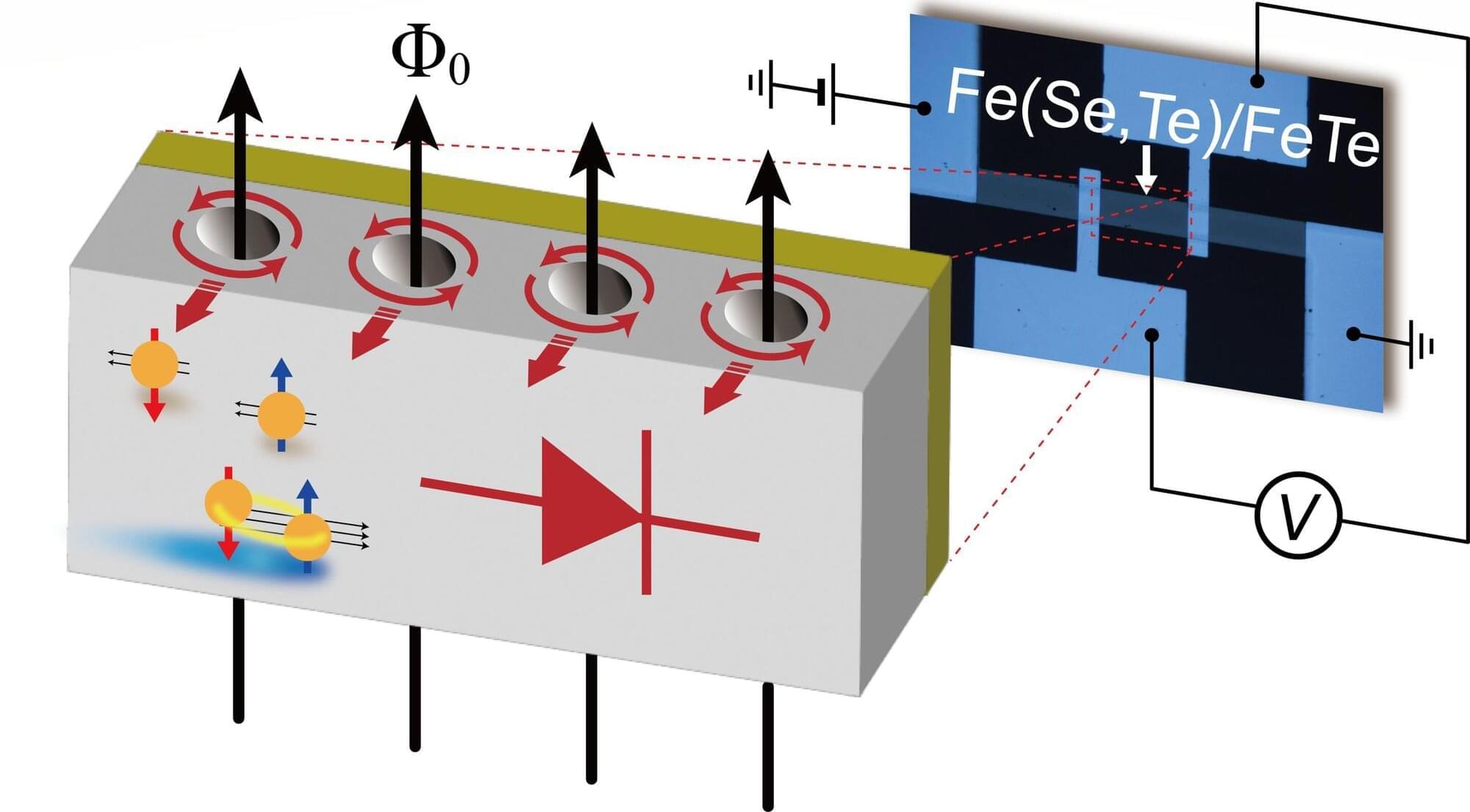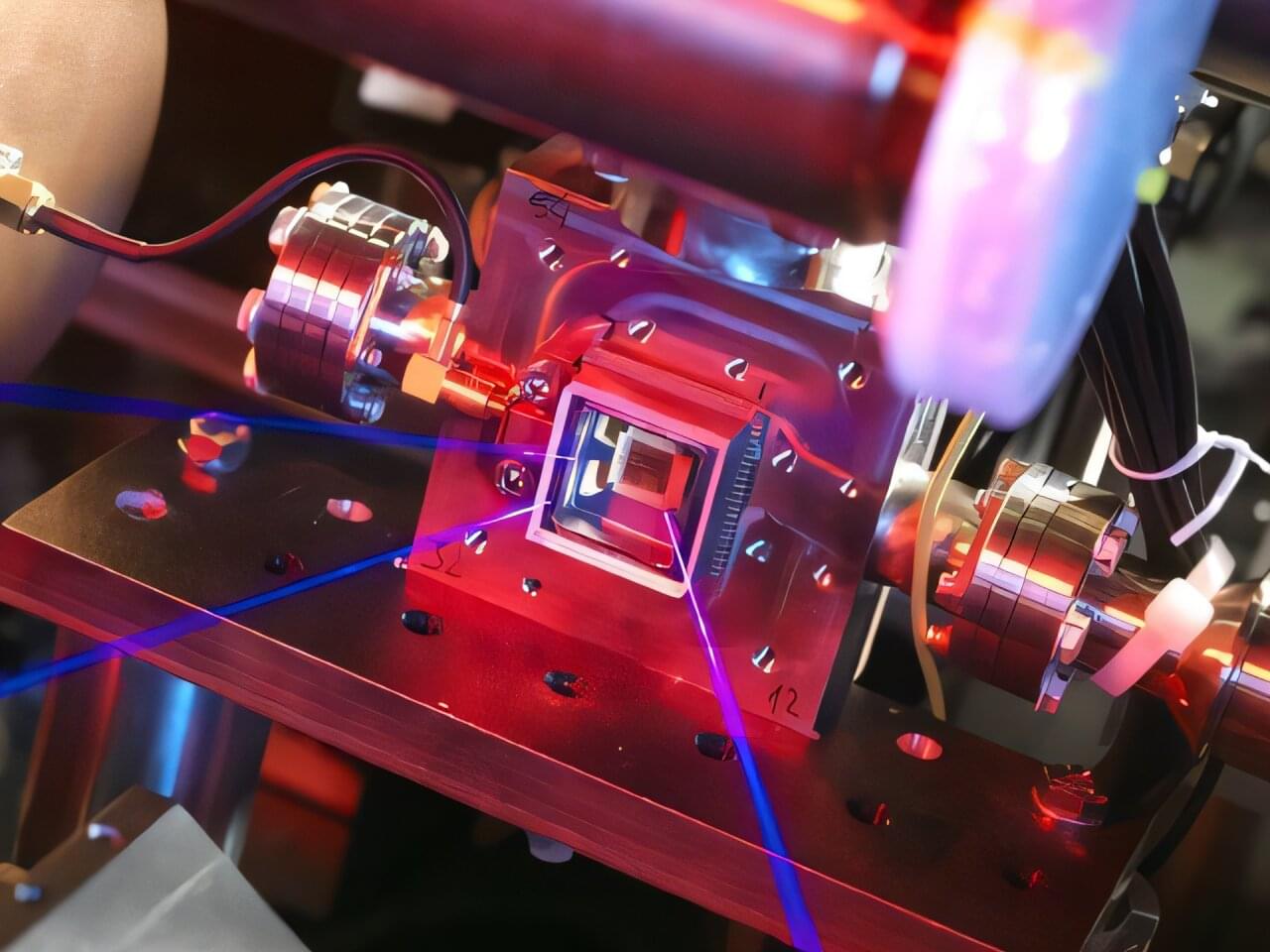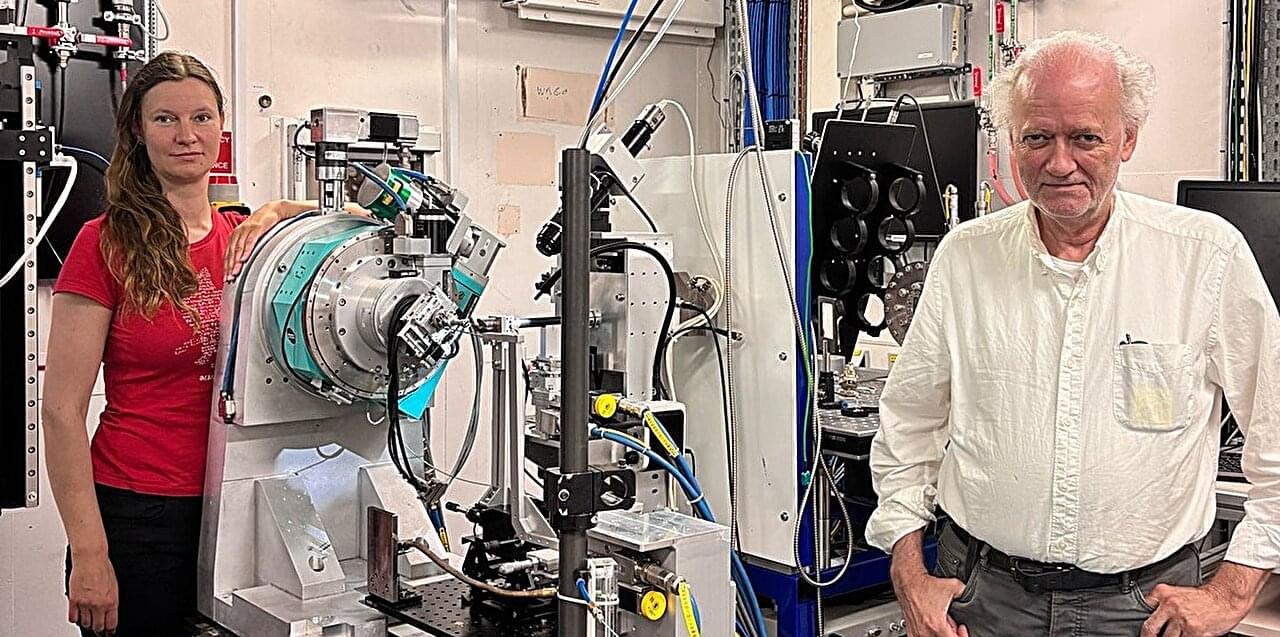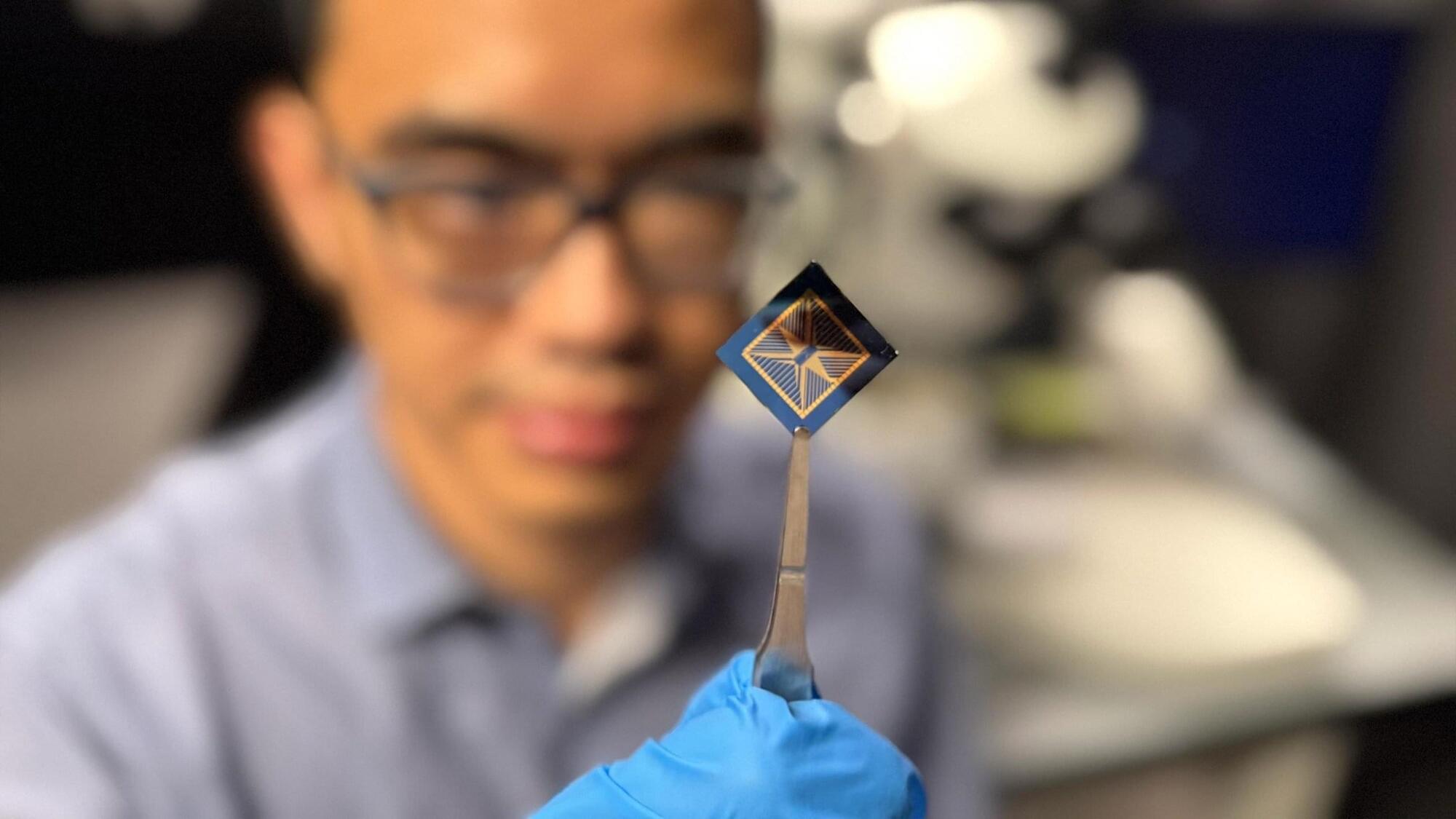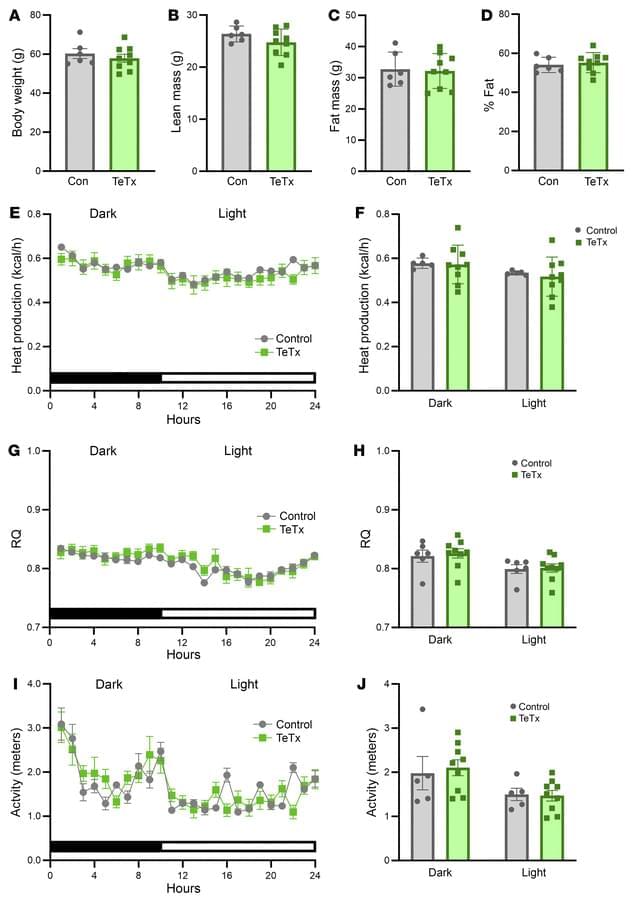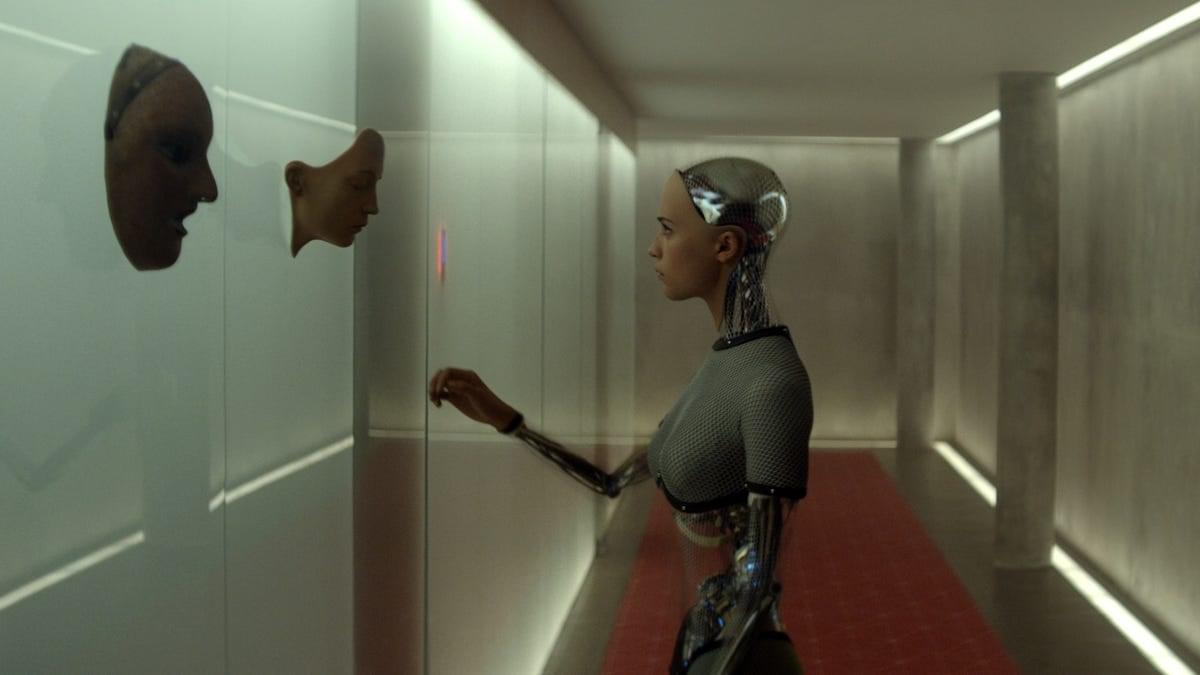What would happen if you combined the unparalleled efficiency of a superconductor with the flexibility and controllability of a semiconductor? Thanks to a new breakthrough in quantum materials, we may be getting an answer soon.
In an article published in Communications Physics, a multi-institutional research team led by The University of Osaka announces the successful observation of the so-called superconducting diode effect in an Fe(Se, Te)/FeTe heterostructure. The paper is titled “A scaling relation of vortex-induced rectification effects in a superconducting thin-film heterostructure.”
The article describes a series of experiments in which the material developed a preference for current to flow in a particular direction, a phenomenon known as rectification, under a broad range of temperature and magnetic fields.
